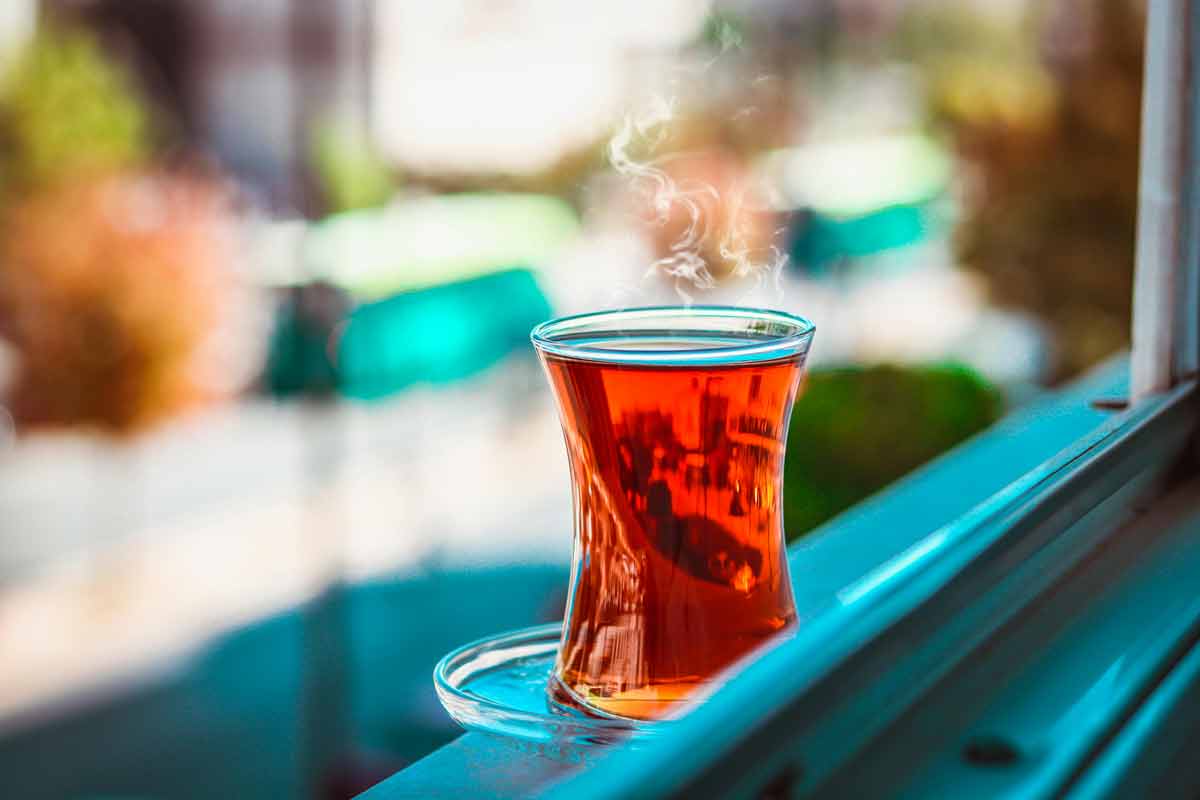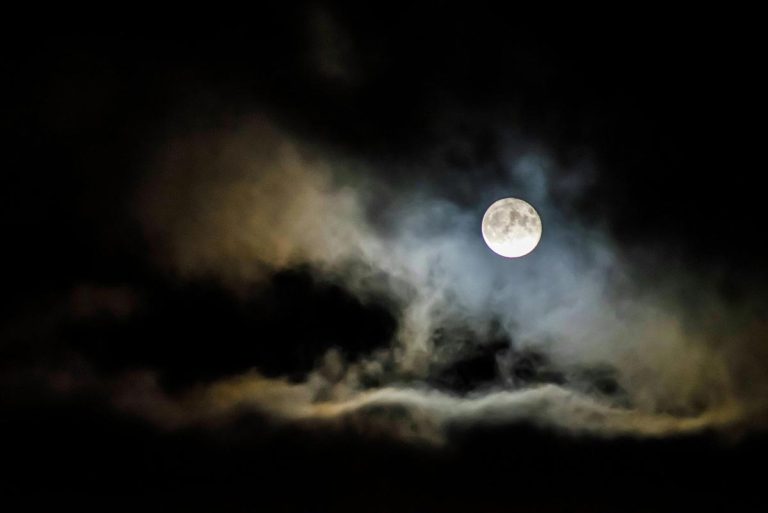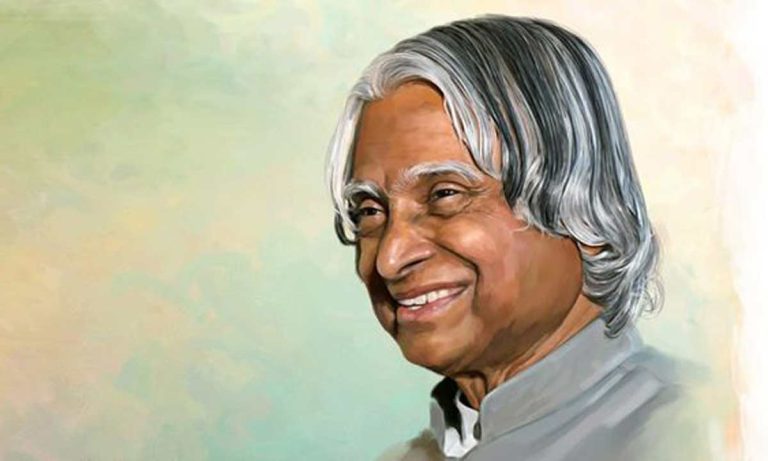Paragraph On How To Make a Cup Of Tea
From delicate green teas to robust black blends, each variety offers a unique journey for the senses, inviting us to explore different aromas, tastes, and textures.
Behind every cup of tea lies centuries-old traditions and cultural significance that have been passed down through generations.
In this paragraph on how to make a cup of tea, we delve into the intricate process of tea-making – from selecting the perfect leaves to mastering brewing techniques – unveiling the secrets behind what makes a simple cuppa so much more than just a drink.
So grab your favorite mug, settle into a cozy spot, and let’s embark on an enchanting journey through the world of tea-making together.
| Number of People | Water (cups) | Tea Leaves (Teaspoons) |
|---|---|---|
| 1 | 1.5 | 1 |
| 2 | 2.5 | 3 |
| 3 | 3.5 | 4 |
| 4 | 4.5 | 5 |
| 5 | 5 + 1 (Extra Cups For Boiling) | 6 |
| 6 | 6 + 1 (Extra Cups For Boiling) | 7 |
| 7 | 7 + 1 (Extra Cups For Boiling) | 8 |
| 8 | 8 + 1 (Extra Cups For Boiling) | 9 |
| 9 | 9 +1 (Extra Cups For Boiling) | 10 |
| 10 | 10 +1 (Extra Cups For Boiling) | 11 |
Paragraph On How To Make a Cup Of Tea 100 Words
Making a perfect cup of tea is an art that requires attention to detail and a touch of finesse. Begin by heating fresh, filtered water in a kettle until it reaches a rolling boil. Meanwhile, select your favorite tea leaves or tea bags, ensuring they’re of high quality for the best flavor. Place the tea bag or infuser filled with loose tea leaves into your cup or teapot.
Once the water has boiled, pour it directly over the tea leaves, allowing them to steep for the recommended time depending on the type of tea—black teas typically steep for 3-5 minutes, while green teas may only need 2-3 minutes. Avoid overstepping, as it can result in a bitter taste. While the tea is steeping, you can add sweeteners, such as sugar or honey, and a splash of milk if desired.
After steeping, remove the tea bag or infuser, give it a gentle stir, and enjoy the comforting aroma and soothing warmth of a perfectly brewed cup of tea.
Paragraph On How To Make a Cup Of Tea 200 Words
Tea, a beloved beverage enjoyed worldwide, is not just a comforting drink but also a source of numerous health benefits. To make a cup of tea, start by boiling fresh water in a kettle. While the water heats, select your preferred tea leaves or tea bags. Once the water reaches a rolling boil, pour it over the tea leaves or bag in a cup or teapot. Allow it to steep for the recommended time, typically 3-5 minutes for black tea and 2-3 minutes for green tea.
Avoid overstepping to prevent bitterness. Optionally, add sweeteners like sugar or honey, and a splash of milk for a creamy texture. Tea offers a variety of health benefits, including antioxidants that may reduce the risk of chronic diseases, improved heart health, and increased hydration. For children, it’s best to serve tea in moderation and opt for caffeine-free herbal blends to avoid disrupting their sleep patterns.
A cup of warm, soothing tea can be enjoyed throughout the day, whether as a morning pick-me-up, a mid-afternoon refreshment, or a calming bedtime ritual. So, brew yourself a cup of tea and savor its delightful flavor and comforting warmth while reaping its numerous health benefits.
How To Make a Cup Of Tea Paragraph 250 Words (Milk Tea)
Making a cup of tea, especially milk tea, with powdered milk, is a delightful ritual that combines the rich creaminess of milk with the comforting warmth of tea. To start, bring water to a boil in a kettle or pot. While the water heats, measure out the desired amount of powdered milk into your cup or teapot. You can adjust the quantity based on your preference for creaminess. Once the water reaches a rolling boil, pour it over the powdered milk in the cup or teapot. Stir vigorously to ensure the milk powder is fully dissolved. Next, add your favorite tea leaves or tea bags directly into the hot milk mixture. Let the tea steep for around 3-5 minutes, depending on the strength you prefer.
During this time, the flavors of the tea will infuse into the creamy milk, creating a harmonious blend. If desired, you can add sugar or sweetener to taste at this stage. After steeping, remove the tea bag or strain out the tea leaves, and give your milk tea a final stir. The result is a velvety-smooth, aromatic beverage that offers the perfect balance of richness and flavor.
Milk tea provides not only comfort but also essential nutrients like calcium and protein from the milk. It’s an excellent choice for any time of day, whether enjoyed as a morning wake-up call, a midday indulgence, or a soothing evening treat. So, take a moment to savor the creamy goodness of a freshly brewed cup of milk tea, and let its warmth envelop you in pure bliss.
Paragraph On How To Make a Cup Of Perfect Tea 300 Words+
Creating the perfect cup of tea is a process that requires attention to detail and a few essential steps. Firstly, the quality of the water plays a significant role in the overall flavor profile of the tea. It’s crucial to use fresh water rather than reboiled water, as fresh water is packed with oxygen, enhancing the tea’s taste. Additionally, opting for water with low mineral content prevents any interference with the tea’s texture and flavor, ensuring a refreshing beverage.
Once the water is sorted, warming the teapot is the next step in achieving optimal brewing conditions. By heating the pot, you maintain the desired temperature throughout the brewing process, resulting in a tastier cup of tea. This can be done by adding hot water to the pot or briefly heating it on the stove, ensuring not to overdo it. With the pot warmed, it’s time to introduce the tea leaves or bags.
For loose-leaf tea, measuring one teaspoon per cup and an additional teaspoon for the pot is the standard recommendation. However, if using tea bags, one bag per cup suffices. The choice between loose-leaf and tea bags significantly impacts the flavor profile, with loose-leaf tea offering more depth and complexity. It’s essential to source high-quality tea blends, such as those from trusted suppliers like Monk’s Chai, known for their organic ingredients and rich flavors. After adding the tea, rinsing the leaves may be necessary, particularly for minimally processed or compressed teas. This step ensures any impurities or debris are removed, resulting in a cleaner brew. Steeping the tea for the appropriate duration and at the correct temperature is vital to achieving the desired flavor profile.
Different types of tea require different steeping times and temperatures, so it’s essential to refer to the packaging or have this information readily available for optimal results. Finally, adding extras such as milk, sugar, or honey is entirely optional and dependent on personal preference. These additions can complement the tea’s flavor profile or provide a unique twist to the traditional brew.
Once prepared, sit back, relax, and savor the fruits of your labor, whether enjoying a quiet moment alone or sharing a pot with friends and family.
How to Make a Cup of Perfect Tea? – My Guideline
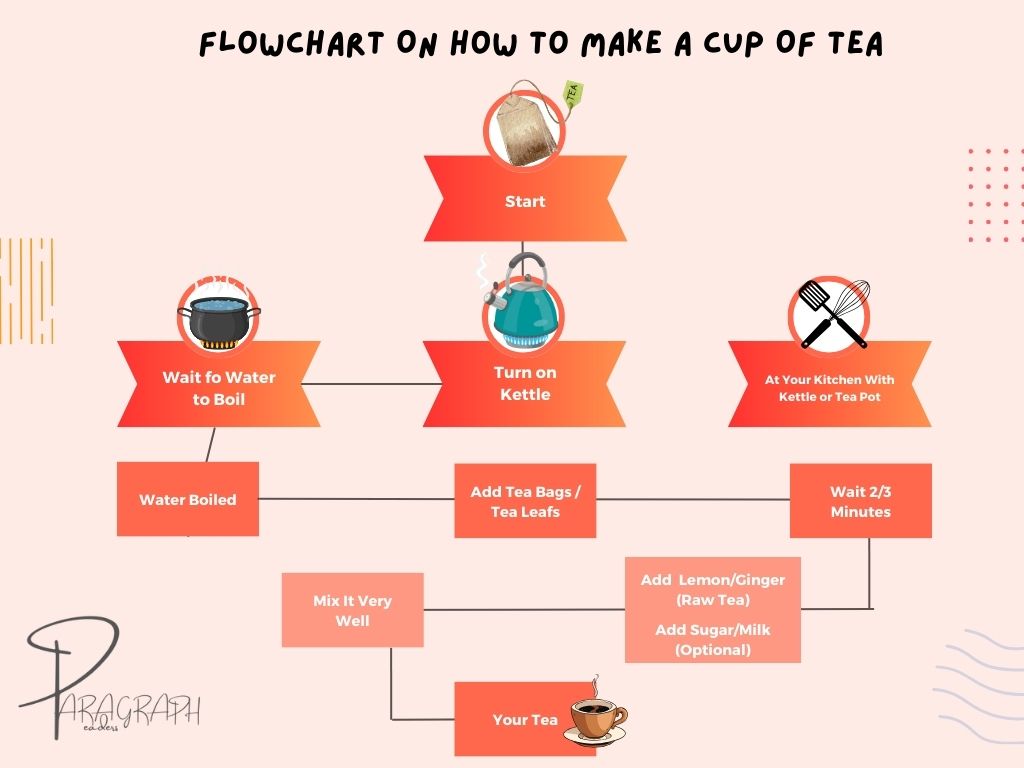
Tea, a comforting elixir enjoyed by millions worldwide, holds a special place in cultures and hearts across the globe. Whether you prefer the simplicity of raw tea, the creamy richness of milk tea, the delicate flavors of green tea, or the aromatic complexity of masala tea, each cup offers a unique experience.
In this comprehensive guide, we will delve into the art of tea making, exploring the techniques and ingredients required to brew the perfect cup of tea, regardless of your preference.
Part 1: Raw Tea
Raw tea, also known as black tea, is a classic favorite cherished for its robust flavor and invigorating properties. Here’s how to brew a perfect cup of raw tea:
Ingredients:
- Water
- Raw tea leaves
Steps:
- Boil water: Begin by heating water in a kettle or pot. Ideally, use fresh, cold water to ensure optimal flavor.
- Preheat teapot: While the water is heating, preheat your teapot by rinsing it with hot water. This step helps maintain the temperature of the brewed tea.
- Measure tea leaves: Depending on your preference for strength, measure the desired amount of raw tea leaves. A general guideline is one teaspoon of tea leaves per cup of water.
- Steep tea: Once the water reaches a rolling boil, pour it over the tea leaves in the preheated teapot. Allow the tea to steep for 3-5 minutes, depending on your desired strength. Steeping for too long can result in bitterness, so it’s essential to monitor the time closely.
- Strain and serve: After steeping, strain the tea leaves from the liquid using a tea strainer or sieve. Pour the freshly brewed raw tea into cups and enjoy it plain or with a slice of lemon or a dash of honey to taste.
Note: You can add lime and ginger for better taste.
Part 2: Milk Tea
Milk tea, a creamy and indulgent variation of the traditional brew, is beloved for its smooth texture and comforting flavor. Here’s how to prepare a delicious cup of milk tea:
Ingredients:
- Water
- Milk
- Raw tea leaves or tea bags
- Sugar (optional)
Steps:
- Boil water: As with raw tea, start by boiling water in a kettle or pot.
- Add tea leaves or bags: Once the water is boiling, add raw tea leaves or tea bags to the pot. Allow the tea to steep for 3-5 minutes, depending on your preference.
- Heat milk: While the tea is steeping, heat milk in a separate saucepan. Use whole milk for a richer flavor, or opt for skimmed milk for a lighter alternative. You can use powdered milk too.
- Combine tea and milk: After steeping, strain the tea leaves or remove the tea bags from the pot. Pour the brewed tea into cups, leaving room for milk. Then, add the heated milk to the tea, adjusting the ratio to suit your taste preferences.
- Sweeten (optional): If desired, add sugar to the milk tea and stir until dissolved. Alternatively, you can use honey or other sweeteners to enhance the flavor.
- Serve and enjoy: Pour the prepared milk tea into cups and serve piping hot. Garnish with a sprinkle of cinnamon or nutmeg for an extra touch of warmth and flavor.
Part 3: Green Tea
Green tea, celebrated for its delicate flavor and numerous health benefits, offers a refreshing and revitalizing experience. Here’s how to brew a perfect cup of green tea:
Ingredients:
- Water
- Green tea leaves or tea bags
Steps:
- Heat water: Begin by heating water in a kettle or pot. Unlike raw tea, green tea requires water at a slightly lower temperature, around 160-180°F (70-80°C), to avoid scorching the delicate leaves.
- Preheat teapot: Just as with raw tea, preheat your teapot by rinsing it with hot water.
- Measure tea leaves: Measure the desired amount of green tea leaves or tea bags. A general guideline is one teaspoon of tea leaves per cup of water.
- Steep tea: Once the water reaches the appropriate temperature, pour it over the green tea leaves or tea bags in the preheated teapot. Allow the tea to steep for 2-3 minutes for a mild flavor or up to 5 minutes for a stronger brew.
- Strain and serve: After steeping, strain the tea leaves or remove the tea bags from the liquid. Pour the freshly brewed green tea into cups and enjoy its delicate flavor and aroma.
Part 4: Masala Tea
Masala tea, also known as spiced tea, is a fragrant and flavorful concoction infused with a blend of aromatic spices. Here’s how to prepare this exotic and aromatic beverage:
Ingredients:
- Water
- Milk
- Black tea leaves or tea bags
- Spices (e.g., cinnamon, cardamom, cloves, ginger, black peppercorns)
- Sugar or honey
Steps:
- Prepare spices: In a saucepan, combine water, milk, and a selection of spices, such as cinnamon sticks, cardamom pods, cloves, ginger slices, and black peppercorns. Adjust the quantity of spices according to your taste preferences.
- Boil mixture: Heat the mixture over medium heat, allowing it to come to a gentle boil. This step allows the flavors of the spices to infuse into the liquid.
- Add tea leaves or bags: Once the mixture reaches a boil, add black tea leaves or tea bags to the saucepan. Allow the tea to simmer for 2-3 minutes, allowing the flavors to meld.
- Sweeten (optional): If desired, add sugar or honey to the masala tea, stirring until dissolved. Adjust the sweetness to suit your taste.
- Strain and serve: After simmering, strain the masala tea to remove the spices and tea leaves or bags. Pour the fragrant and aromatic masala tea into cups and savor its complex flavors and warming spices.
History of Tea
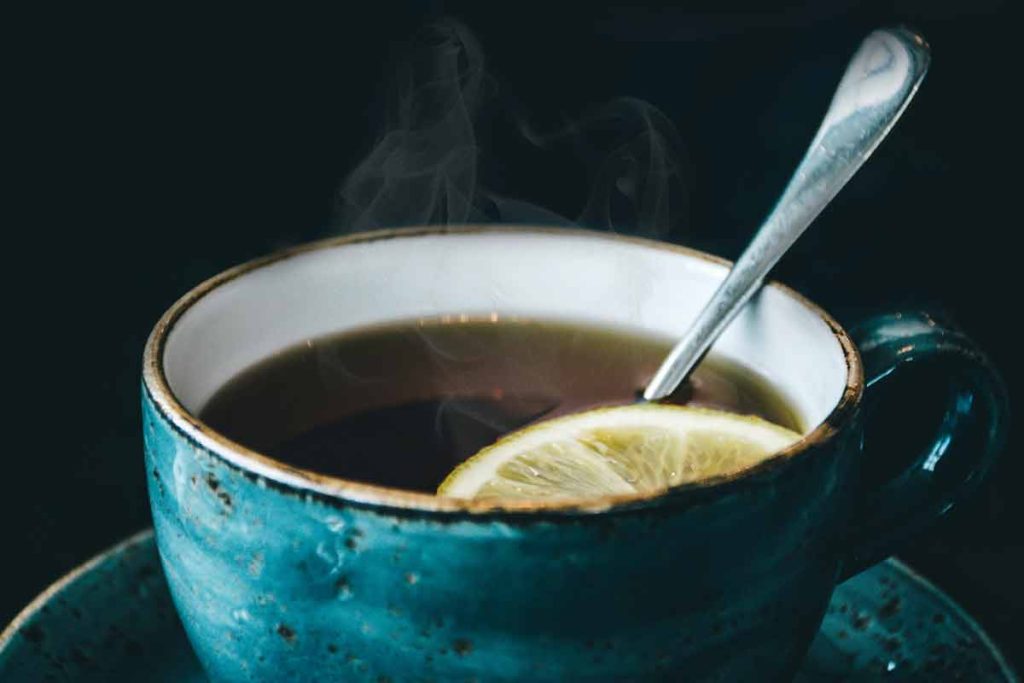
The history of tea is a rich tapestry woven through centuries of cultural exchange, trade, and discovery. Originating in ancient China, tea has evolved from a medicinal tonic to a beloved beverage enjoyed worldwide. Here’s a brief overview of the history of tea:
Ancient Beginnings (Pre-2737 BCE): The story of tea begins in ancient China, where according to legend, Emperor Shen Nong discovered tea accidentally around 2737 BCE. While boiling water in his garden, a few tea leaves blew into his pot, resulting in a fragrant infusion. Intrigued by the taste and aroma, he began to explore the potential medicinal properties of tea.
Early Use as a Medicinal Drink (3rd Century BCE – 6th Century CE): Tea’s medicinal properties were documented in ancient Chinese texts such as the “Shennong Ben Cao Jing” (The Divine Farmer’s Herb-Root Classic). During the Han Dynasty (206 BCE – 220 CE), tea became popular as a medicinal drink and was used to aid digestion, improve mental alertness, and promote general well-being.
Rise of Tea as a Beverage (6th Century – 9th Century CE): Tea evolved from a medicinal tonic to a recreational beverage during the Tang Dynasty (618-907 CE). It became a symbol of hospitality and a staple of aristocratic culture. Tea ceremonies emerged, emphasizing the preparation and presentation of tea as a form of art and social ritual.
Spread of Tea to Japan (9th Century CE): Tea was introduced to Japan by Buddhist monks returning from China, who brought tea seeds and the practice of tea cultivation with them. Tea cultivation began in Japan, leading to the development of unique tea traditions such as the Japanese tea ceremony (chanoyu).
Golden Age of Tea in China (10th Century – 14th Century CE): During the Song Dynasty (960-1279 CE), tea culture flourished in China. Tea became more accessible to the general population, and tea production and trade expanded. Tea houses and teahouses proliferated, serving as centers of social interaction, intellectual exchange, and entertainment.
Tea Trade and Exploration (15th Century – 17th Century CE): Tea trade routes were established, connecting China with neighboring regions such as Tibet, Mongolia, and Central Asia. During the Ming Dynasty (1368-1644 CE), tea was introduced to European merchants via trade routes such as the Silk Road. Portuguese and Dutch traders played a significant role in the early European tea trade.
Tea in Europe (17th Century CE): Tea gained popularity in Europe during the 17th century, particularly in England and the Netherlands. Tea became a fashionable beverage among the aristocracy and upper classes, leading to the establishment of tea houses and the development of tea-drinking etiquette.
Tea and the British Empire (18th Century – 19th Century CE): Tea became the national drink of England during the 18th century. The British East India Company played a pivotal role in the tea trade, importing tea from China and later from India. Tea became an integral part of British culture and identity, shaping social customs, rituals, and traditions.
Modern Tea Culture (20th Century – Present): Tea continues to be enjoyed worldwide, with diverse tea traditions and customs spanning cultures and continents. From traditional tea ceremonies in Asia to the rise of specialty tea shops and modern tea culture in the West, tea remains a beloved beverage cherished for its taste, aroma, and health benefits.
Throughout its history, tea has transcended borders, bridged cultures, and enriched lives, making it one of the most beloved and enduring beverages in the world.
Types of Tea
| Tea Type | Description | Examples | Health Benefits |
|---|---|---|---|
| Green Tea | Known for its light, delicate flavor and subtle sweetness. Green tea is unoxidized and has a greenish color. It’s rich in antioxidants and offers various health benefits. | Sencha, Dragonwell, Matcha | – Rich in antioxidants, such as catechins, which may reduce the risk of chronic diseases like heart disease and cancer. – May aid in weight loss and boost metabolism. – Contains compounds that promote brain health and improve cognitive function. |
| Black Tea | Fully oxidized, black tea has a robust flavor with malty and sometimes fruity notes. It’s the most commonly consumed type of tea globally. | Assam, Earl Grey, Darjeeling | – Contains antioxidants, including theaflavins and thearubigins, which may lower cholesterol levels and reduce the risk of heart disease. – May improve gut health and digestion due to its polyphenol content. – Could aid in lowering blood pressure. |
| Oolong Tea | Partially oxidized, oolong tea falls between green and black tea in terms of flavor and oxidation level. It offers a diverse range of flavors, from floral to fruity. | Tieguanyin, Dong Ding, Wuyi Rock Oolong | – Helps in weight management by boosting metabolism and promoting fat oxidation. – May improve heart health by reducing cholesterol levels and lowering the risk of cardiovascular diseases. – Contains antioxidants that support overall health and well-being. |
| White Tea | Minimal processing characterizes white tea, resulting in a delicate flavor profile with subtle floral notes. It’s the least processed type of tea. | Silver Needle, White Peony, Bai Mu Dan | – Rich in antioxidants that protect against oxidative stress and may reduce the risk of chronic diseases. – Supports skin health and may help prevent premature aging due to its high polyphenol content. – May enhance oral health by fighting bacteria that cause plaque and cavities. |
| Pu-erh Tea | Fermented and aged, pu-erh tea offers a complex flavor profile with earthy, woody, and sometimes smoky notes. It improves with age and is often compressed into cakes. | Sheng Pu-erh, Shou Pu-erh, Ripe Pu-erh | – Supports digestion and gut health by aiding in the breakdown of fats and improving bowel regularity. – Contains antimicrobial properties that may help boost the immune system. – May promote weight loss and regulate blood sugar levels. |
| Herbal Tea | Not technically tea, herbal infusions are made from herbs, flowers, spices, and fruits. They offer a wide range of flavors and are caffeine-free, making them versatile options. | Chamomile, Peppermint, Rooibos, Hibiscus | – Offers a wide range of health benefits depending on the herbs used, such as calming effects, improved digestion, and relief from cold and flu symptoms. – Generally caffeine-free, making them suitable for individuals sensitive to caffeine. – May support relaxation and sleep quality. |
| Flavored Tea | Tea blends infused with various flavors, including fruits, flowers, spices, and essential oils. Flavored teas offer a unique twist on traditional tea and cater to diverse tastes. | Jasmine Green Tea, Earl Grey with Lavender | – Provides similar health benefits to base teas, such as green or black tea, depending on the added flavors. – Can enhance hydration and promote overall well-being, encouraging individuals to consume more fluids. – Offers a flavorful alternative to plain water, making it easier to stay hydrated. |
| Milk Tea | Tea mixed with milk, offering a creamy texture and flavor. Milk tea is enjoyed for its comforting qualities and can be made with various types of tea. | Chai, Hong Kong Milk Tea, Thai Iced Tea | – Provides calcium and vitamin D, essential for bone health and development. – May contain antioxidants from tea leaves, depending on the type of tea used. – Offers a creamy texture and flavor, making it a comforting beverage option. |
| Blooming Tea | Also known as flowering tea, these are hand-tied tea balls that unfurl into beautiful blooms when steeped in hot water. They often contain green or white tea leaves. | Jasmine Fairy, Flower Burst, Blossoming Aloe | – Contains antioxidants and polyphenols that protect against oxidative stress and inflammation. – May promote relaxation and stress relief due to the calming ritual of brewing and enjoying blooming tea. – Provides hydration and supports overall health and well-being. |
Conclusion
Whether you prefer the boldness of raw tea, the creaminess of milk tea, the freshness of green tea, or the complexity of masala tea, mastering the art of tea making allows you to create the perfect cup to suit your taste preferences.
By following the techniques in my paragraph on how to make a cup of tea and the recipes, you can elevate your tea brewing skills and experience the joy of crafting and enjoying a delicious cup of tea.
So, gather your ingredients, heat your water, and embark on a journey of flavor and aroma with each sip of your freshly brewed tea. Cheers to the art of tea making!

